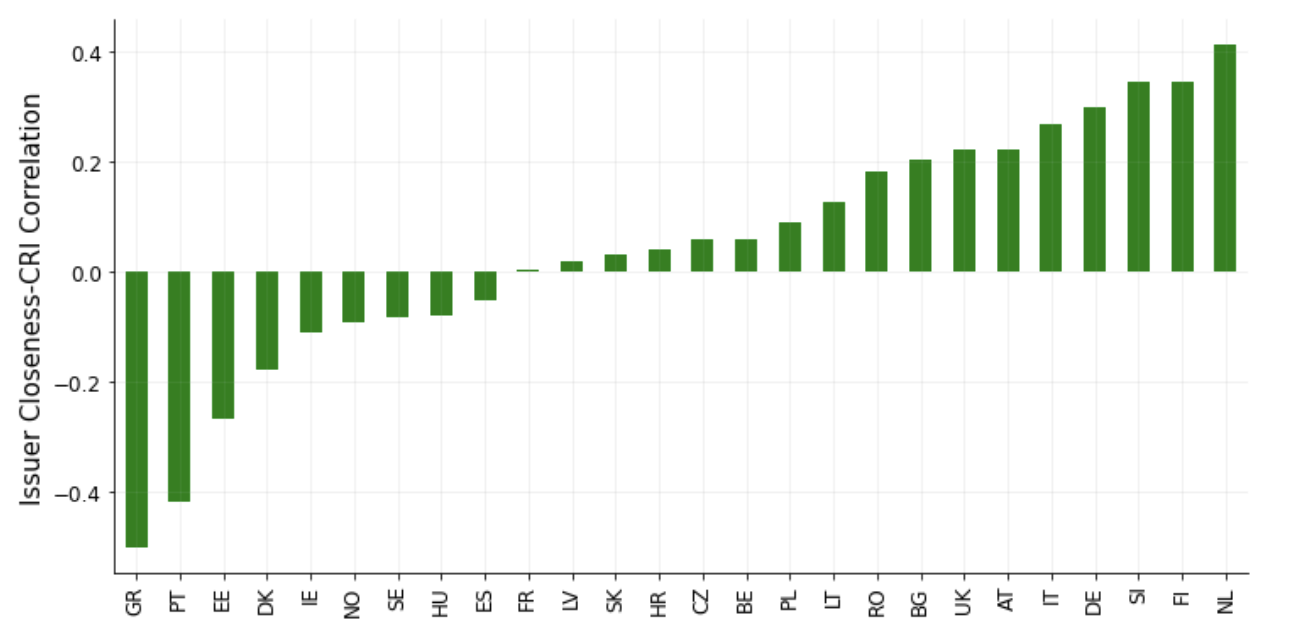Abstract
This paper is part of a broader research project which aims to assess state capture risks in the field of defence procurement using a combination of qualitative and quantitative methods to overcome research challenges typical of this area, most of all the relatively low level of transparency due to specific procurement regulations. In this paper, we summarise the findings of the quantitative part also drawing out key policy recommendations.
Public procurement is one of the government activities most vulnerable to corruption (OECD, 2016; World Bank & IBRD, 2013), and risks are even higher in the field of defence due to the large amounts of money involved, the complex and large contracts, the low number of buyers and suppliers – which develops stable personal relationships, and the fact that governments themselves are the enforcers of secrecy (Pyman, Wilson, & Scott, 2009).
This paper aims to a) gauge the extent and types of state capture in defence procurement across the EU, and b) provide a data-driven assessment of changes in state capture risks due to the latest EU-wide reform in the sector (2009/81/EC Directive on public procurement in the fields of defence and security). In order to achieve these two goals, the paper goes beyond merely measuring corruption and assesses the phenomenon of state capture. We conceptualise state capture not just as widespread corruption, but as a tight clustering of corrupt actors, typically centred around certain public organisations, government functions, or supply markets. These captured clusters may behave radically differently – demanding different solutions – compared to their environment and may grow or shrink over time.
Key figure(s)

Citation
Czibik, Á., Fazekas, M., Hernandez Sanchez, A. and Wachs, J. (2020). State Capture and Defence Procurement in the EU. GTI-WP/2020:05, Budapest: Government Transparency Institute.